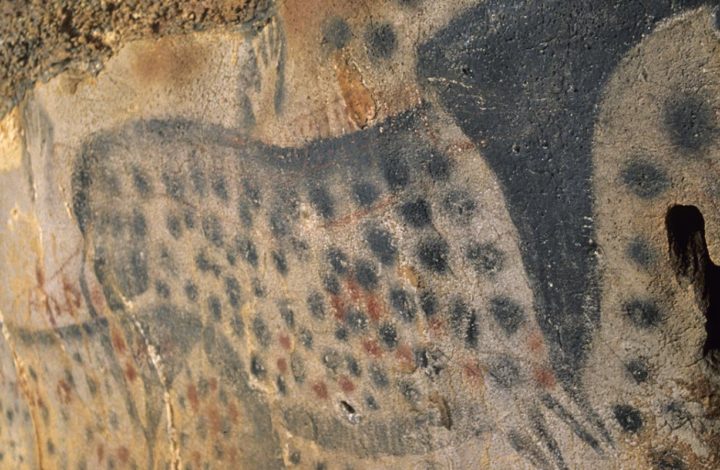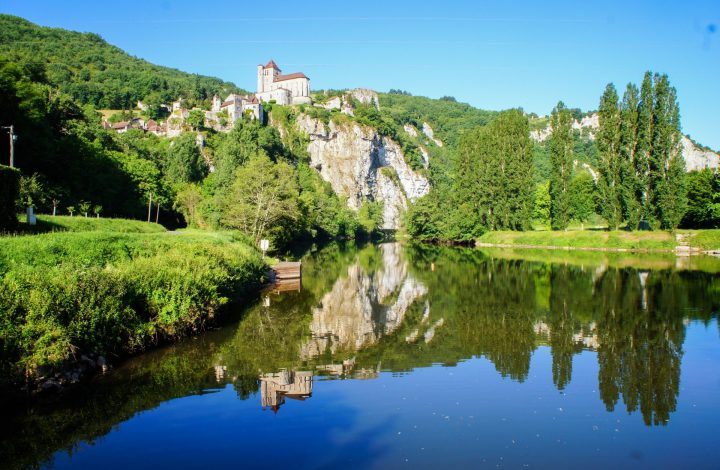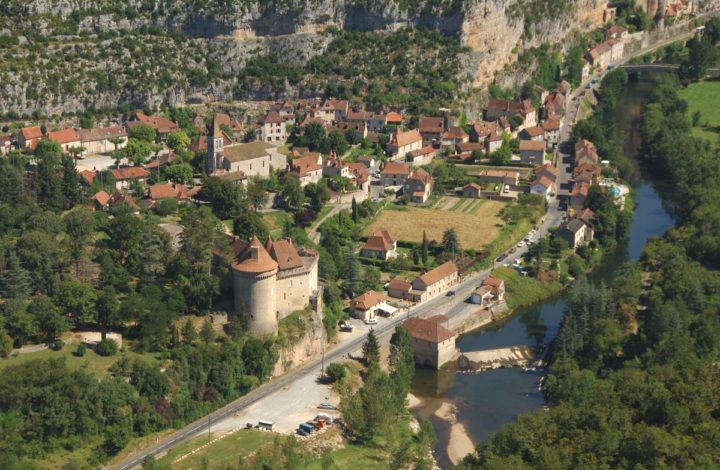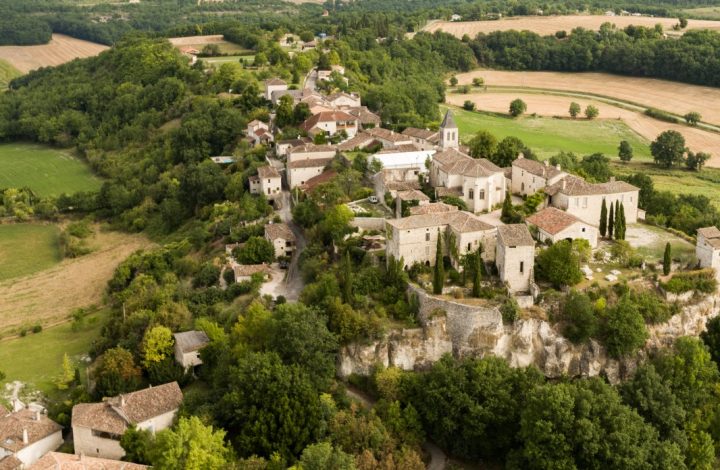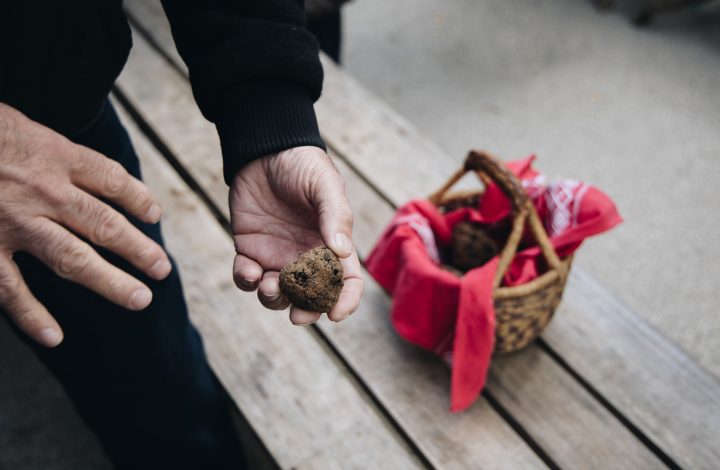

Cahors
From your gîte rental in Cabrerets, Cahors is around thirty kilometres away, or around 35-45 minutes by road depending on the season. This is one of the sites that travellers like the most visit the Lot.
The city of Cahors nestles in a meander of the River Lot, in a valley surrounded by hills. It is a town rich in history and artIt's a pleasant place to explore on foot, thanks to its human scale (around 20,000 inhabitants).
What to see in Cahors
There are 18 listed monuments in the town. There are many listed and unlisted sites to see and visit, including :
- The covered market.
- Cruise on the River Lot.
- Tourist train through the old town.
- The fortified Valentré bridge.
- La Barbacane.
- Tour Saint Jean, known as the Tower of the Hanged Men.
- 14th-century Sain-Berthélémy church.
- Palais Duèze and the tower known as "Pope John XXII".
- Saint-Etienne de Cahors Cathedral.
- The Gallo-Roman Arch of Diana gate.
- Maison henri IV or HOtel Roaldès.
- Church of Saint-Urcisse.
More information on the Tourist Office website Tourism Cahors-Vallée du Lot.
Famous people from Cahors
- Pope John XXII (1244-1316), born Jacques Duèze.
- Clément Marot (1496-1544), poet.
- Léon Gambetta (1838-1882), politician.
Cahors and its Gallo-Roman origins
Its roots go back to Roman times, when it was called Divona Cadurcorum and referred to a spring said to be miraculous. Its resurgence is located near the famous Valentré Bridge.
Cahors exported as far as Rome fabrics from linenand the wine. This vineyard was created before 50 BC.
A aqueduct brought water to the town from Vers, and remnants of it can still be seen in the commune of Laroque-des-Arcs.
Numerous Gallo-Roman buildings have been found:
- from villas of the time and their mosaics,
- from temples,
- a theatre which welcomed over 6,000 spectators,
- a great amphitheatre,
- a basilica,
- or even thermal baths (you can see theArch of Diana which is a listed historic monument).
A disputed and plundered heritage
Besieged on several occasionsThe city of Cahors was notably contested by
- Julius Caesar,
- King Theodeberg I of the Franks,
- and Henri IV, King of Navarre,
- then the Englishman Richard the Lionheart,
- and later the Black Prince.
The various Gallo-Roman monuments described above were looted and destroyed over time.
Bishop Saint Didier, also known as Saint Géry, In 650, he had the first cathedral built, as well as a wall (corresponding to today's boulevard Gambetta). The stones from the old monuments were then used to rebuild.
But Cahors was pillaged again! This time by the Saracens in 732, then by the Vikings and Magyars. (Finno-Ugric people from the Danube region).


The Cadurcian Middle Ages prospered
If only ruins remain of the former splendour of the town of Cahors, successive bishops enabled the city to be rebuiltand its new influence. It was then an important and prosperous Catholic city.
Cahors developed mainly during the Middle Ages. At the time, it was of great importance throughout Europe, both commercially and financially.
In the 14th century, Pope John XXIIelected in 1316 and whose family had settled in Cahors, was generous to the town, which still bears many traces of his generosity.
In 1331, he founded the University of Cahors, one of the first universities in France, which later merged with the University of Toulouse in 1751.
During the Hundred Years' War (1337-1453), the town spent some time under English rule.
The Renaissance in Cahors
During the Renaissance, the city of Cahors continued to flourish in terms of both industry and craftsmanship.
The Cahors vineyards However, it faced competition from Bordeaux wines, which were supported by the English.
In 1580, Henry of Navarre (then Henry III) laid siege to and took Cahors, a wealthy Catholic town, during the 7th War of Religion.
From the 17th to the 19th century
L'University of CahorsOne of the oldest in France, this farmhouse dates back to the 17th century.
Then, in 1808, the Lot department lost a large part of its surface area when the creation of Tarn-et-Garonne.
Le lycée GambettaHowever, the city's cultural influence was enhanced by the training of numerous jurists, poets, marshals of the Empire, leading doctors, politicians and journalists.
The school is named after Léon Gambetta, a Cahors-born lawyer who opposed Napoleon III.
20th century
During the Second World WarAt first, Cahors was in a non-occupied zone. The German army took control on 11 November 1942. By early 1944, there were no fewer than 400 German soldiers in Cahors!
La Resistance was organised from 1940 onwards, with numerous groups, such as the Secret Army, the Combat Movement, the Resistance-Fer des cheminots, the Resistance-PTT, the Froment groups, the Organisation de Résistance de l'Armée, Résistance Catholique, Francs-Tireurs et Partisans, Corps-Francs Pommiès, Libérer et Fédérer...
In 1949, the town declared itself "World Citizenship": Cahors Mundi. It was the first city to declare itself as such. The first anniversary, in 1950, was attended by André Breton, the pope of surrealism. It was the start of a movement that would later bring together a thousand territories in 13 countries.




